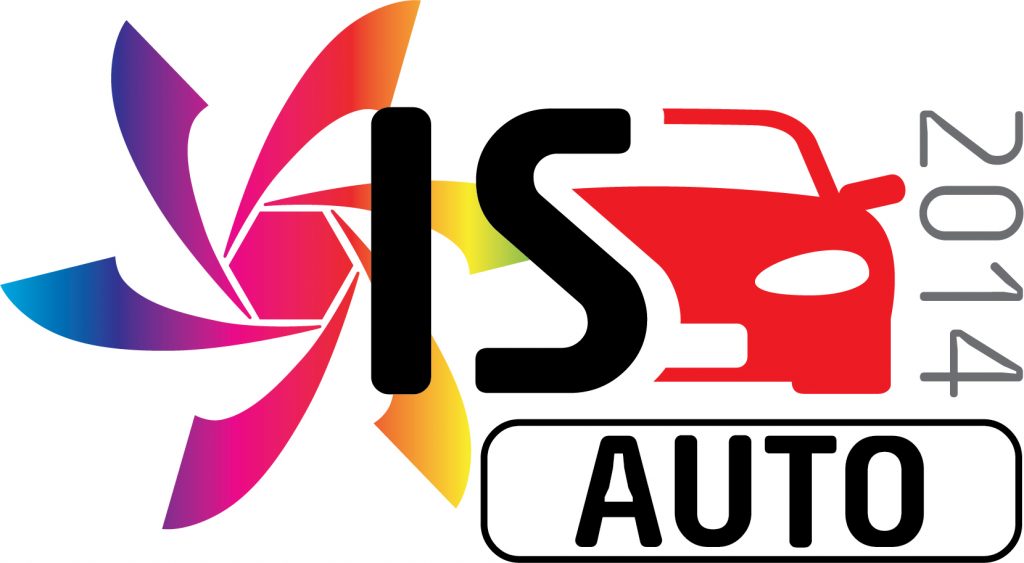Image sensors are used effectively in a range of applications, from photographic to medical. One sector in which image sensors are currently experiencing particularly impressive growth potential is in automotive, specifically in Advanced Driver Assistance Systems (ADAS).
ADAS use image sensors to improve a driver's safety on the road by offering features such as parking assistance (APA), lane departure warning (LDW), and collision avoidance systems, all of which can help the car to gather information about the outside world. In order to offer these various features, ADAS embraces a number of technologies such as sensors, radar, lidar and integrated cameras to provide the driver with an all-round picture of their surroundings.
The market for ADAS systems is growing; analysis of the market has revealed possible growth at a rate of over 50% CAGR until 2018. Market value may also rise from the current value of around $18.5bn, to $165bn in the next five years. ADAS with vision-based inputs such as cameras offer particularly promising and unique opportunities to the image sensors industry. Camera-based ADAS is not new; this technology has had time to mature over previous years, but was mostly seen as a customer option on premium brand cars. Historically, ADAS systems have only appeared in luxury high-end vehicles; however there has since been a significant shift. For example, APA was once an expensive (roughly $3000) option in the Lexus LS400. Now it is a $395 option on some mainstream Ford vehicles.
Different types of sensors are being deployed in various systems today. For the environmental near and far-field monitoring around the vehicle, Radar, Lidar, Ultrasonic, PMD, camera and night vision sensors are used. The most advanced works by combining the sensor data (data fusion) to achieve accurate results. Camera systems will see an additional boost in the near future, looking inside the car in order to analyse the driver's state. In coming years, driver situation and prediction analysis will be used to better filter the various warning messages an ADAS system is able to generate.
There are both consumer and regulatory drivers for this increased use of ADAS systems. While consumers tend to enjoy new gadgets and would like to decrease their risk of accidents, regulators have ambitious targets for improving road safety for both drivers and pedestrians. In 2010, Euro NCAP, the safety certification body, launched a reward program called 'Euro NCAP Advanced' to promote adoption of advanced safety techniques. Recently, Euro NCAP announced only cars with ADAS systems would be awarded their top 5-star safety rating.
In the US, the key safety goal of the US Federal Motor Carrier Safety Administration (FMCSA) is to reduce the number and severity of commercial motor vehicle (CMV) crashes. In recent years, the FMCSA has been in collaboration with the truck industry to test, evaluate and facilitate the use of on-board safety systems for CMVs in order to improve the safety of all road users. In addition, the National Highway Traffic Safety Administration (NHTSA)'s Safecar initiative will drive regulatory adoption of ADAS systems in domestic vehicles.
These developments have marked a step change in the need for ADAS systems in volume production vehicles. This has inevitably led to an increased employment of ADAS, representing a huge commercial opportunity for image sensor companies. First and foremost, Euro NCAP's tightened safety requirements will boost installed ADAS equipment from single digit to almost 100% over coming years, so it's no surprise that the call for a commercially viable solution is on.
With the major auto-vendors realizing the huge potential in this market, many of them such as GM, Ford Motors, Toyota, and Audi etc. are making significant investments to improve their understanding and implementation of ADAS systems in vehicles during production. In addition, a number of independent technology enterprises have entered the market to provide ADAS solutions to on-road vehicles, driving up the aftermarket sales of this type of technology – also a booming market. Some of the major enterprises which are providing ADAS include Valeo, Continental, Aisin Group, Audiovox Corp, Ficosa International S.A., Hella KGaA and Hueck & Co.
Geographical analysis of the ADAS market shows that while the US and western Europe are still the major markets, a number of Asian passenger car producers such as Nissan, Toyota, Honda, Hyundai/Kia etc. are also beginning to offer ADAS in their cars. In the near future, countries such as China, South Korea, Japan etc. are expected to make driver assistance systems mandatory, therefore the market is anticipated to grow with a promising growth rate in the next five years.
Smithers Apex's in-depth market report Ten Year Forecast of Disruptive Technologies in Image Sensors to 2022 provides a comprehensive overview of the developments occurring in this market for the next decade.
If you need to know more about the use of image sensors in automotive applications, book your place at the successful annual Image Sensors 2014 conference now.
This two day conference and two expert workshops on 18-20 March features a 5-talk session on automotive imaging.
For a more detailed analysis check out our dedicated event Image Sensors Automotive, taking place on 17-18 June in Brussels. This conference will provide an in-depth analysis of imaging in the automotive sector, providing perspectives from both OEMs about the drivers for adoption of imaging systems in mainstream automotive applications, as well as future trends for automotive imaging.


